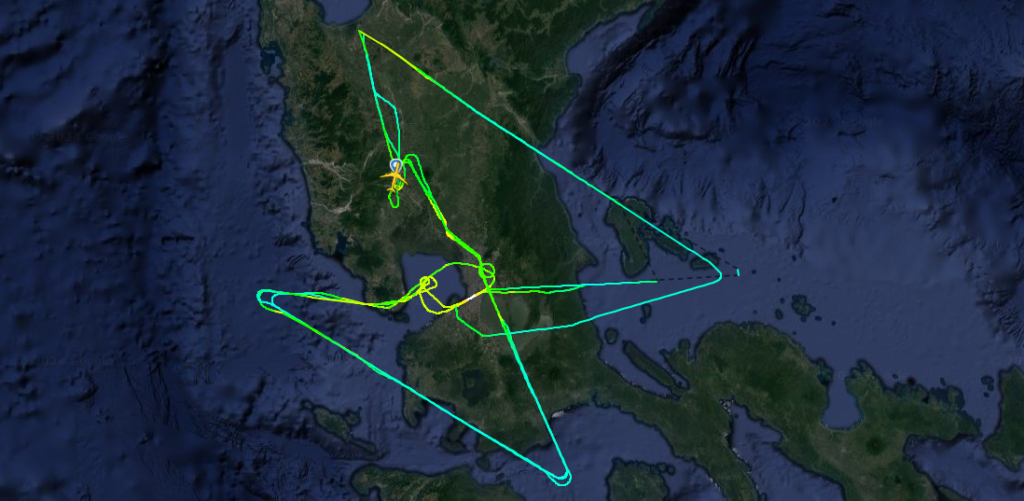Aviation enthusiasts in Luzon were treated to a rare sight today, February 6th, as NASA’s iconic DC-8 aircraft embarked on a mission to study air quality in the region.
The 54-year-old plane, deployed as part of the agency’s Airborne Science Program, surprised and delighted residents as it flew over some towns and cities in Luzon, often at lower altitudes than usual for commercial airliners.

The DC-8, registered N817NA, arrived in the Philippines on February 2nd via Clark and will remain in the country until February 15th.
Its visit to the Philippines is part of a larger Asia-wide mission for the Airborne and Satellite Investigation of Asian Air Quality (ASIA-AQ).
The country is only the first stop in the DC-8’s foreign deployment since it will also be deployed to South Korea, Malaysia, and Thailand.
The ASIA-AQ mission will mark the aircraft’s final deployment before its retirement in April 2024, adding an extra layer of significance to its Asian tour.
News of the DC-8’s arrival quickly spread among aviation enthusiasts, who eagerly tracked its movements online and on social media. Many took to rooftops, open areas, and airport viewing decks armed with cameras and smartphones, hoping to glimpse the legendary aircraft.
They received a thrilling reward when the DC-8 made a series of low-altitude flyovers, passing multiple times over major airports including the Ninoy Aquino International Airport, Clark International Airport, and Plaridel Community Airport.

One of those lucky to catch the DC-8 was Lance Renell, an aviation enthusiast from Manila, who was able to capture a video of the plane during its low passes in Manila.
Renell exclaimed:
The level of excitement that I felt when it flew past me was incomparable, maybe because it was NASA’s 50+ year old aircraft or maybe it was my first time seeing an aircraft performing a low altitude pass, the overall experience was surreal.
The low-altitude flight was necessary for the collection of accurate data. The aircraft was on a mission to test air quality, a critical part of NASA’s ongoing efforts to understand and combat climate change.
According to data from FlightRadar24.com, N817NA flew for 8 hours and 17 minutes. The aircraft departed from Clark at 9:43 AM and arrived at the same airport at 6:00 PM.
NASA’s mission was not only a scientific success but also a public relations triumph, sparking interest and conversation around its essential work.






















Leave a comment